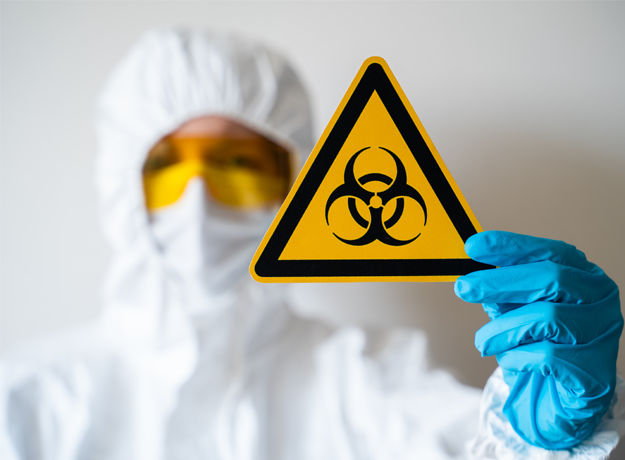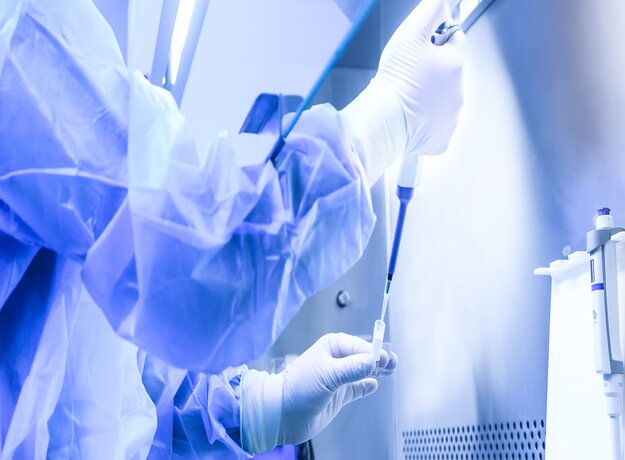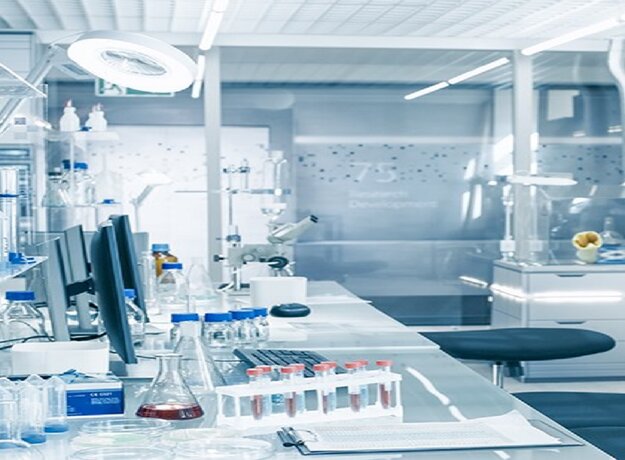Biosafety in Public Health Laboratories
Advances in biotechnology and biomedical research have led to the establishment of highly sophisticated laboratories with different biorisk levels in several fields such as microbiology, immunology, genetics, and nanotechnology among others. Some research laboratories, such as those dealing with highly pathogenic substances, genetically modified organisms, and infectious outbreaks impose greater health concerns due to their high potential biological risk on humans and the environment combined. These biological risks can be controlled and contained by the correct implementation of internationally recognized procedures such as proper handling of laboratory equipment, adequate facilities, recognition and containment of laboratory emergencies, and the proper training and education of laboratory personnel.
The World Health Organization (WHO) has long recognized that safety and, specifically, biological safety are important international issues and a major concern to public health. WHO published the first edition of the Laboratory biosafety manual in 1983 and in all the later editions the main pillars of Biorisk Management are highlighted: Biosafety and Biosecurity. Biosafety mainly helps identify the potential risks associated with different laboratories depending on their biorisk classification. Understanding the risks aid in implementing necessary preventive measures which is the first and main step in biorisk management in medical laboratories. Biosecurity, on the other hand, ensures the protection, control and accountability for valuable biological materials within laboratories to prevent their unauthorized access, loss, misuse or intentional release. Biosafety and biosecurity include several control measures that may overlap. Implementing the appropriate safety procedures and secure measures will ensure the protection of the laboratory staff, and through them, the environment and public health.


